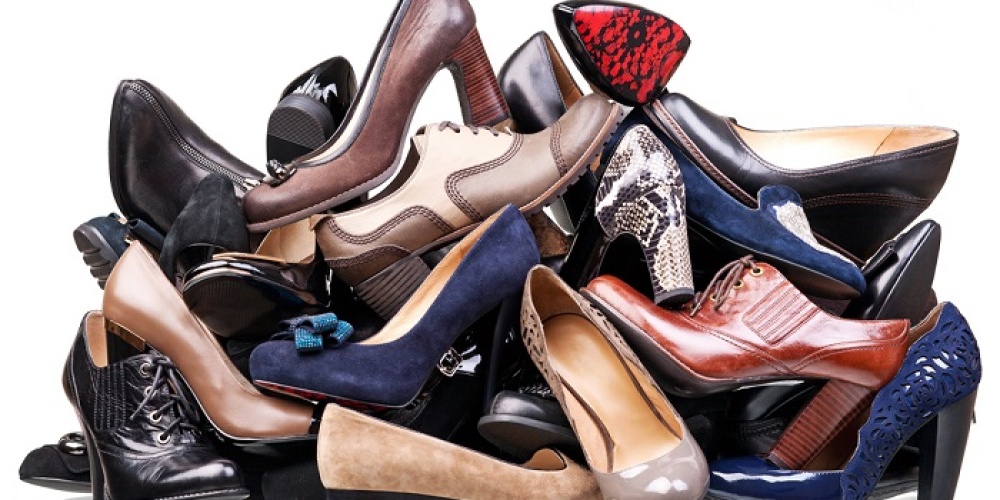
Included in their collection of "over 12,500 artifacts" is a chalitzah shoe--which is the primary topic of the 12th chapter of Yevamot. The mitzvah of chalitzah consists of three parts. The wife and brother of the deceased must carry on a discussion[1], where the widow explains that her brother-in-law is uninterested in marrying her. After the brother of the deceased confirms his disinterest, she spits on the ground next to him and removes a shoe from his foot.
What qualifies as a shoe is not something we often think about--except perhaps on Yom Kippur (and Tisha B'av)--but in the laws of chalitzah, the question carries great importance. Use the wrong type of shoe and the chalitzah is invalid[2] and the widow is unable to marry. The chalitzah shoe must not go above the knee, is to be made of leather with a series of straps that make for easy removal, is to be worn on the right foot, and must have a heel. A wooden shoe would be acceptable (even if not ideal), whereas a slipper would not. A sandal is okay, provided it has a heel. The shoe must fit--even if quite poorly--so that if the shoe "was [too] big, but one could still walk in it; or it is [too] small, but it covers most of the foot; the chalitzah is valid" (Yevamot 101a). What is so important about this shoe that a small misstep can invalidate the entire process of chalitzah?
The first mention of shoes in the Torah is at the burning bush where G-d tells Moshe that, as he is standing on holy ground, he must take off his shoes. This idea is expressed in the halachic obligation of the kohanim to perform their avodah, service, in the Temple barefoot. Shoes are what give us the ability the move around quickly, oblivious to the harshness of the ground. Shoes allow man to easily and painlessly conquer space. They represent man's mastery over nature. It is noteworthy that our Sages ordained that we recite the bracha of sheasah li kol zarchi, Who has provided me with every need, upon the tying of our shoes (Brachot 60b).
Yet such mastery is only relative and is often illusory. When one comes in contact with the Divine Master of the Universe, there is no room for shoes. We stand powerless before G-d. Thus, we must remove our shoes in the Temple, the central locale of the Divine presence. By extension, on Yom Kippur when we strive to get closer to G-d, when His presence is most felt and when we recreate the Temple service, we do not wear shoes. A mourner, who is most acutely aware of the powerlessness of man, removes his shoes in surrender to G-d.
Perhaps paradoxically, it is the distance that a mourner may feel from G-d that can be the impetus to drawing closer to G-d. Ultimately, it is only Hamakom, G-d, who fills all space and who can offer complete comfort.
The chalitzah ceremony is one that undoubtedly evokes the emotional whirlwind of death. The removal of the shoe by the widow from her brother-in-law ensures that no one will carry on the line of the deceased. In effect, removing the shoe is the sign of mourning for the childless brother. Yet it is chalitzah that allows the widow to move on with her life and remarry, beginning the process of comfort.



